May 27, 2025 | 19:05 GMT +7
May 27, 2025 | 19:05 GMT +7
Hotline: 0913.378.918
May 27, 2025 | 19:05 GMT +7
Hotline: 0913.378.918
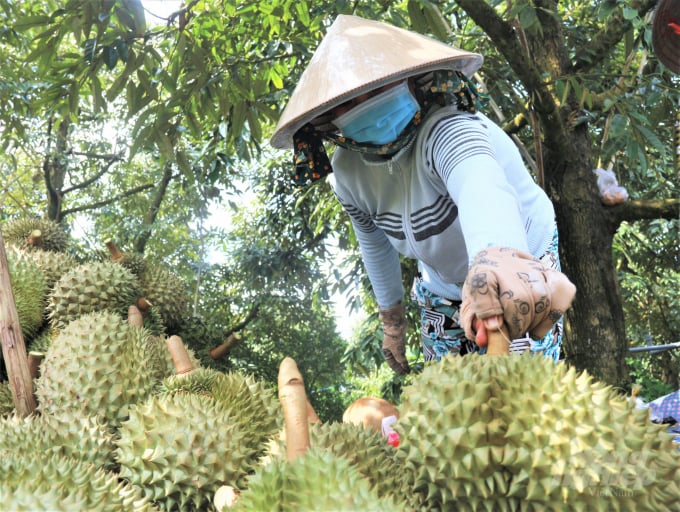
The most severe salinity drought in the history of the Mekong Delta has severely damaged durian growers in Tien Giang province. Photo: Pham Hieu.
The most serious salinity period in 2019-2020 in the Mekong Delta hammered the agricultural production of farmers including the durian growers in Tieng Giang province in particular.
Statistics show that salinization destroyed around 3,000 – 4,000 ha out of 14,000 ha of durian area. The 1-ha durian orchard of Mr. Nguyen Van Rep (Cai Lay district, Tien Giang) was not excluded.
Rep told that the historic salinity period dried up all branches and gradually dehydrated the durian garden to death. Farmers incurred VND 700 million.
“The salinity period in 2019-2020 lasted for 5 months. We spent VND 130 million to water the garden with fresh water, which was otherwise insufficient,” Rep elaborated.
For Rep’s farming household, the perennial gardens were less affected than the newly harvested ones. As the saltwater evaded through the river path as a result, the closer the garden the more the destroyed. The death rate of trees in the area ranged from 50-80% and event 100% for some areas.
Experts forecast that the 2021-2022 salinity period will be as severe as that of 2019-2020. To prepare for the situation, Rep has trenched and dredged carefully as well as accumulated freshwater for the coming salinity.
“In previous years, there was unexpected salinization, so farmers like us were not prepared. However, now, under the guidance of Southern Fruit Tree Institute, we have gained more experience to cope with salinity as well as other challenges from natural disasters”, shared Mr. Nguyen Van Rep.
In Tien Giang province, the natural and soil conditions are favorable for the development of durian trees. The quality of durian fruit in the region is also appreciated by consumers, fostering the economic enhance for durian growers in Tien Giang.

Tien Giang durian is highly appreciated by consumers for its quality. Photo: Pham Hieu.
Acknowledging the huge value that the durian fruit brings, the Center for Transfer of Technical Progress (the Southern Fruit Institute) has coordinated with the Department of Agriculture and Rural Development of Tien Giang province to implement a recovery program for durian trees after the salinity in 2019 - 2020.
Talking to Vietnam Agriculture News, Dr. Le Quoc Dien, director of the Center for Technical Advancement Transfer, said that the process of restoring durian orchards should be carried out in five steps in a 60-day-process.
As a result, the first step is to evenly apply lime on the ground and to water at least three times to wash away the salt in the soil. The first stage is critical because the farmer must have a sufficient supply of fresh water to wash salt.
Second, after salt washing, individuals must reestablish their roots. This is a critical step since roots will die at a rate of 40%-60%, or even 100%, after salinization.
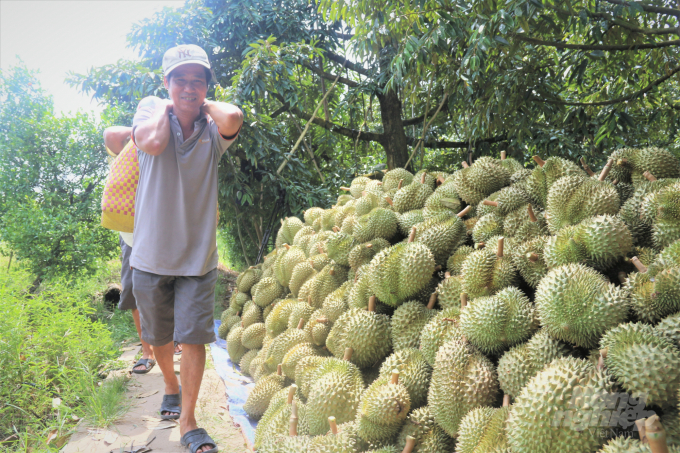
According to experts, people need to complete 5 steps within 60 days to be able to restore durian gardens. Photo: Pham Hieu.
"Over the years, farmers have recognized the value of reestablishing roots using organic goods," Dr. Le Quoc Dien said. Simultaneously, employ the same microbial fertilizer products to prevent the tree from dropping its young leaves. Following that, foliar fertilizer is required to develop the set of leaves. Individuals will need to utilize organic fertilizers to spray on the leaves, assisting the plants in growing more."
The third step is to inspect the roots for root infections. The fourth step is to irrigate the bottom of the tree with an organic fertilizer while also spraying it on the leaves.
The fifth phase requires durian producers to inspect and analyze the leaves' photosynthetic rate. As a result, the head of the Center for Technology Transfer and Advancement proposes that individuals spray biological items rich in magnesium on the leaves to facilitate the synthesis process.
Using their extensive expertise cultivating durian, the farmers here estimate that the orchard has recovered to around 60% of the historic salinity period.
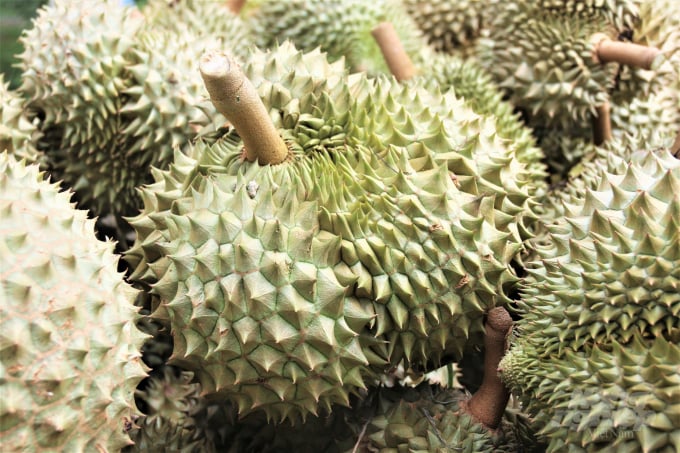
Durian fruit has helped improve the economy of Tien Giang people. Photo: Pham Hieu.
The region is cautioned that between 2021 and 2022, there will be a high salinity period that might persist until May. As a result, individuals must plan carefully and distribute water supplies wisely.
Initially, humans did not need much irrigation. Until February, individuals must prepare 350m3 of fresh water at a density of 200 plants/ha. Thus, even if the drought and salinity persist for an extended period, durian producers will continue to have fresh water available to irrigate the plants.
Additionally, farmers must prepare materials to cover the ground very thickly, preserving a particular amount of moisture in the soil and conserving water.
Dr. Le Quoc Dien said, "At the moment, the garden is not blossoming; therefore, they must harvest it soon since an early salinity is expected for mid-December."
Translated by Linh Linh
/2025/05/26/1716-4-nongnghiep-191706.jpg)
(VAN) Chain linkages, technological innovation, and raw material zoning are three strategic pillars for the coconut industry to strongly develop and elevate its position on the global agricultural map.
![Advanced mariculture – an inevitable trend: [4] Accompanied by scientists](https://t.ex-cdn.com/nongnghiepmoitruong.vn/608w/files/sohk/2025/05/13/1941-pgsts-vo-van-nha-140958_717.jpg)
(VAN) According to Assoc. Prof. Dr. Vo Van Nha, Director of the RIA III, the development of advanced offshore mariculture is no longer an option but an essential path for Vietnam’s fisheries sector.
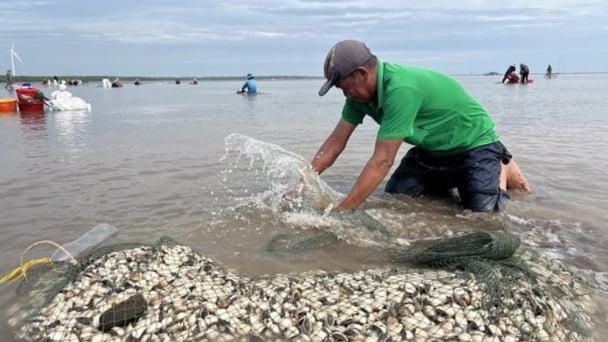
(VAN) Vietnam is intensifying the development of mollusk farming areas that meet international standards, aiming for sustainable growth and enhancing its export position in the global seafood market.
![Advanced mariculture – an inevitable trend: [3] Policy-driven momentum](https://t.ex-cdn.com/nongnghiepmoitruong.vn/608w/files/doanhtq/2025/05/21/0104-0616-0348-nuoi-bien-170339_789.jpg)
(VAN) To ensure the success of offshore mariculture that uses advanced technologies, it is essential to establish supportive policies that inspire both individuals and enterprises to invest with confidence.
![Advanced mariculture – an inevitable trend: [2] Outstanding results](https://t.ex-cdn.com/nongnghiepmoitruong.vn/608w/files/sohk/2025/05/12/4632-4136-nuoi-bien-11-164117_819.jpg)
(VAN) Pilot models of high-tech offshore mariculture in Vietnam, particularly in the South Central Coast region, have demonstrated exceptional economic returns and sustainability, setting a new direction for the country’s aquaculture industry.
![Advanced mariculture – an inevitable trend: [1] Moving offshore](https://t.ex-cdn.com/nongnghiepmoitruong.vn/608w/files/phucpm/2025/05/18/0252-2436-nuoi-bien-6-162148_783.jpg)
(VAN) Mariculture using advanced technology and moving offshore is an inevitable trend, as nearshore areas increasingly reveal limitations.
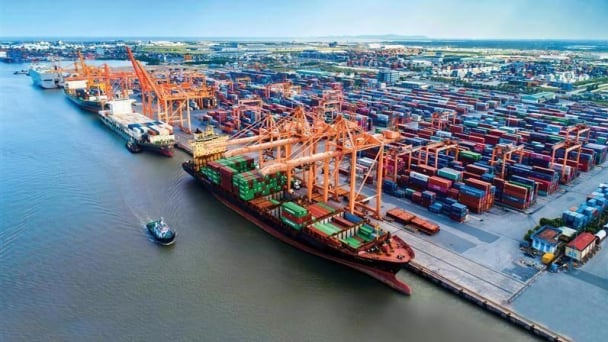
(VAN) South Korea is currently the second-largest investor in Hai Phong in terms of the number of projects (186 projects) and the largest in terms of total registered investment capital, reaching USD 14.2 billion.